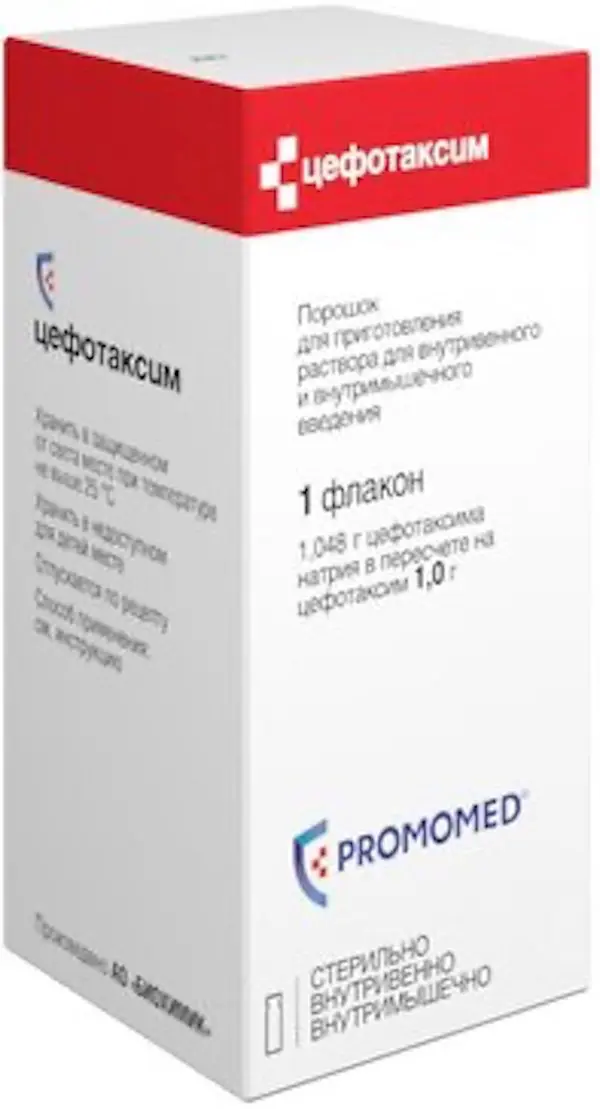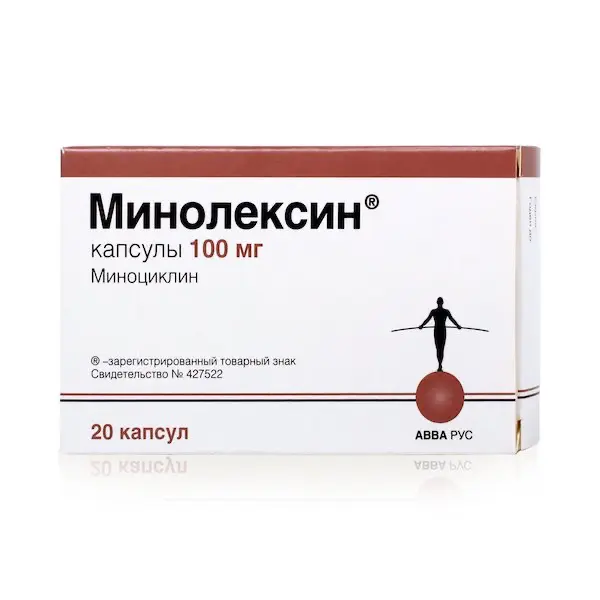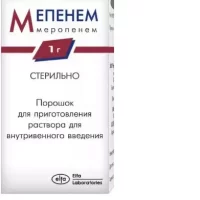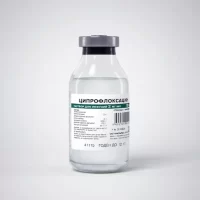Description
Cefotaxime injections Pharmacodynamics
Cefotaxime is a III generation cephalosporin antibiotic for parenteral use. It acts bactericidally. It has a wide range of antimicrobial activity.
It is active against Gram-positive and Gram-negative microorganisms resistant to other antibiotics: Staphylococcus spp. (including Staphylococcus aureus, including penicillinase forming strains), Staphylococcus epidermidis, Streptococcus pneumoniae, Streptococcus pyogenes, Streptococcus agalactiae, Enterococcus species, Enterobacter spp, Escherichia coli, Haemophilus influenzae (including penicillinase-producing strains), Haemophilus parainfluenzae, Klebssiella spp. pneumoniae), Morganella morganii, Neisseria gonorrhoeae (including penicillinase strains), Acinetobacter species, Corynebacterium diphtheriae, Erysipelothrixinsidiosa, Eubacterium spp, Propionibacterium spp., Bacillus subtilis, Clostridium spp. (including Clostridium perfringens), Escherichia coli, Citrobacter spp., Proteus mirabilis, Proteus indole, Proteus vulgaris, Providenda spp. (including Providencia rettgeri), Serratia spp., Pseudomonas aeruginosa, Neisseria meningitidis, Bacteroidesspp. (including some strains of Bacteroides fragilis), Fusobacterium spp. (including Fusobacterium nucleatum), Peptococcusspp., Peptostreptococcusspp.
Resistant to most beta-lactamases of Gram-positive and Gram-negative microorganisms, Staphylococcus penicillinase, Clostridium difficile.
Indications
Bacterial infections of a severe course, caused by susceptible microorganisms: infections of the central nervous system (meningitis), respiratory and ENT organs, urinary tract, bones, joints, skin and soft tissues, pelvic organs, chlamydia, gonorrhea, infected wounds and burns, peritonitis, sepsis, abdominal infections, endocarditis, Lyme disease (Borreliosis), salmonellosis, immune deficiency infections, prevention of infection after surgical operations (including including urological, obstetric and gynecological, the gastrointestinal tract).
Contraindications .
Hypersensitivity (including to penicillins and other cephalosporins, carbapenems).
Intramuscular administration of the drug in children under 2.5 years of age is not allowed.
With caution
Period of infancy, lactation (in low concentrations excreted with milk); chronic renal insufficiency, nonspecific ulcerative colitis (including anamnesis).
Administration during pregnancy and lactation
Administration of Cefotaxime injections during pregnancy and lactation is possible only when the expected benefits to the mother exceed the potential risk to the fetus.
Cefotaxime is excreted with breast milk, therefore if it is necessary to prescribe the drug during lactation breast-feeding should be stopped.
Dosage and administration method
- Intramuscular and intravenous. For intramuscular injection, 0.5 g of the drug is dissolved in 2 ml (respectively 1 g in 4 ml) of sterile water for injection. The drug is injected deep into gluteal muscle. During intramuscular injection 1% lidocaine solution is also used as a solvent (0.5 g – 2 ml, 1 g – 4 ml).
- For intravenous injection 0.5-1 g of cefotaxime is dissolved in 10 ml of sterile water for injection. It is administered slowly over 3-5 minutes.
- For drop administration (within 50-60 minutes), 2 g of the drug is dissolved in 100 ml of sodium chloride isotonic solution or 5% glucose solution.
- Normal dose of Cefotaxime injections for adults and children over 12 years of age is 1 g every 12 hours. In severe cases the dose is increased to 3 or 4 g a day and the drug is administered 3 or 4 times 1 g. Depending on the severity of the disease, the daily dose may be increased to a maximum of 12 g.
- A usual dose for newborns and children under 12 years of age is 50-100 mg/kg of body weight a day with administration intervals of 6 to 12 hours. For premature infants the daily dose should not exceed 50 mg/kg.
- In case of impaired renal function the dose is reduced. If creatinine clearance is 10 ml/min or less, the daily dose is halved.





